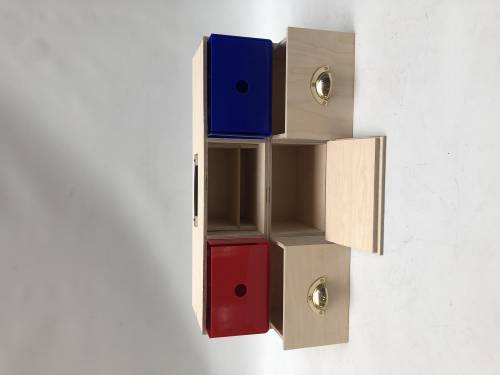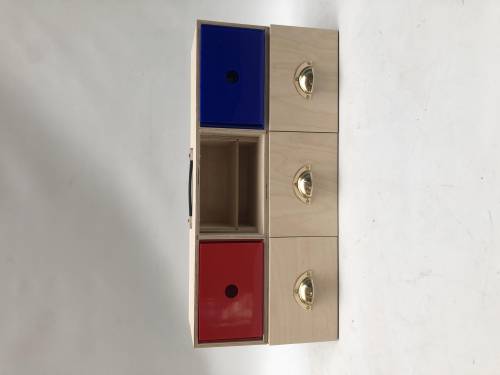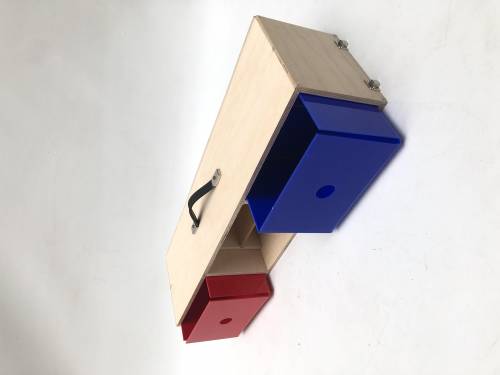
Engineering, 16.03.2020 01:43 carmen261
Guys, can you rate this toolbox, please. It is my DT project, made for car trips, what do you think of the idea/design/usability? Any pros/cons?




Answers: 1


Other questions on the subject: Engineering

Engineering, 03.07.2019 14:10, makaylashrout77
Amass of 1.5 kg of air at 120 kpa and 24°c is contained in a gas-tight, frictionless piston-cylinder device. the air is now compressed to a final pressure of 720 kpa. during the process, heat is transferred from the air such that the temperature inside the cylinder remains constant. calculate the boundary work input during this process.
Answers: 2

Engineering, 04.07.2019 18:10, nandalabella06
True or false (explain) (110)[111] is a slip system in bcc metals . the {111} family in fcc contains 8 planes. resolved shear stress (rss) in single crystals is just related to the applied stress. critical resolved shear stress (crss) in single crystal metals is direct proportional to the number of defects in the structure
Answers: 2

Engineering, 04.07.2019 19:20, rida10309
At steady state, air at 200 kpa, 325 k, and mass flow rate of 0.5 kg/s enters an insulated duct having differing inlet and exit cross-sectional areas. the inlet cross-sectional area is 6 cm2. at the duct exit, the pressure of the air is 100 kpa and the velocity is 250 m/s. neglecting potential energy effects and modeling air as an 1.008 kj/kg k, determine ideal gas with constant cp = (a) the velocity of the air at the inlet, in m/s. (b) the temperature of the air at the exit, in k. (c) the exit cross-sectional area, in cm2
Answers: 2

Engineering, 06.07.2019 02:30, jayjay5246
Air (c-1.006 kj/kg. k, r-0.287 kj/kg. k) enters a nozzle steadily at 280 kpa and 77°c with a velocity of 50 m/s and exits at 85 kpa and 320 m/s. the heat losses from the nozzle to the surrounding medium at 20°c are estimated to be 3.2 kj/kg. determine (a) the exit temperature and (b) the total entropy change for this process. solve this problem using constant specific heats.
Answers: 1
You know the right answer?
Guys, can you rate this toolbox, please. It is my DT project, made for car trips, what do you think...
Questions in other subjects:



Chemistry, 03.09.2021 04:50



Mathematics, 03.09.2021 04:50


English, 03.09.2021 04:50




